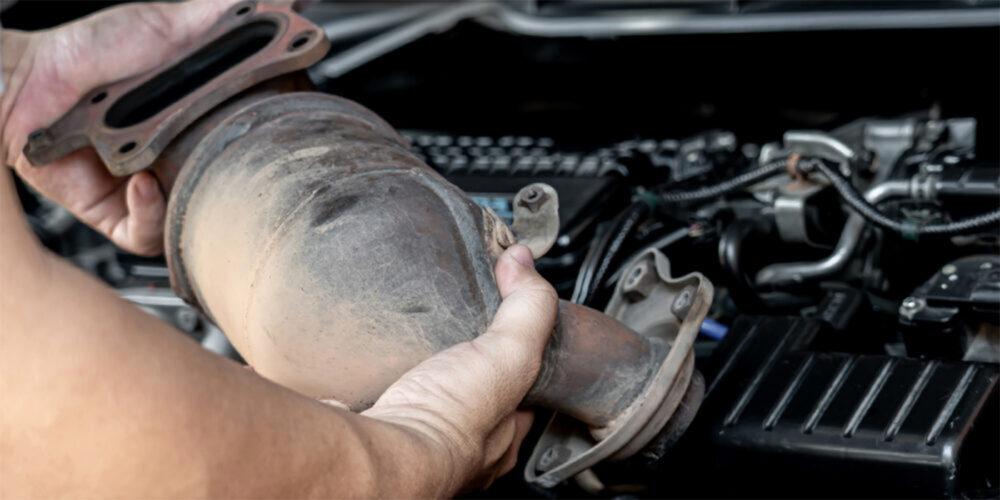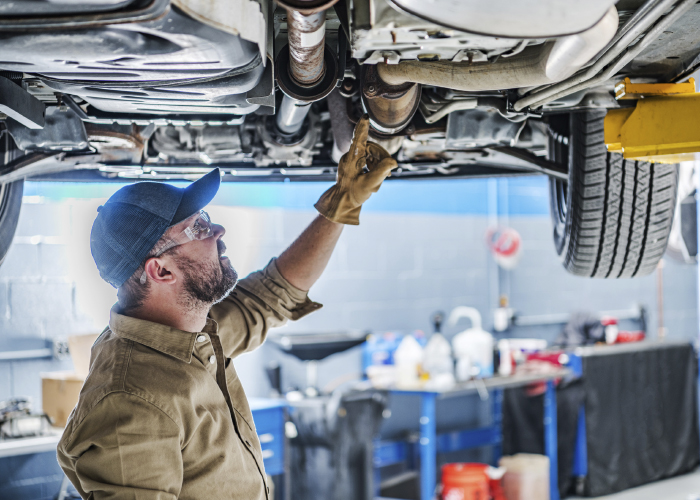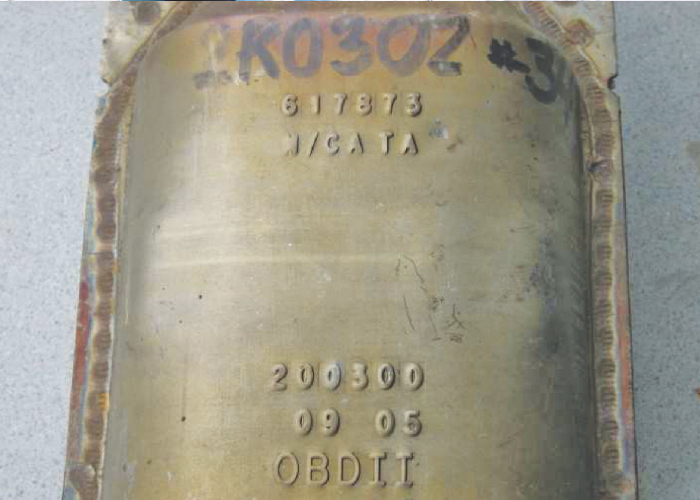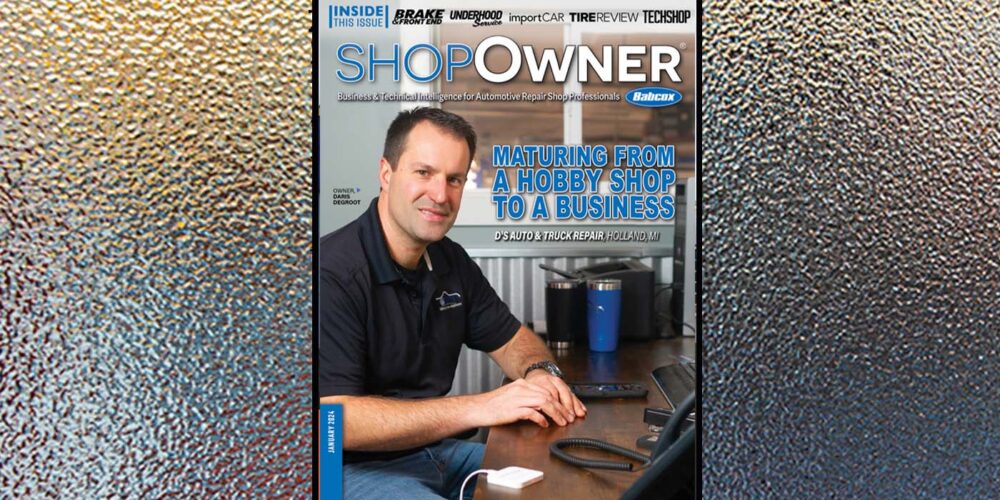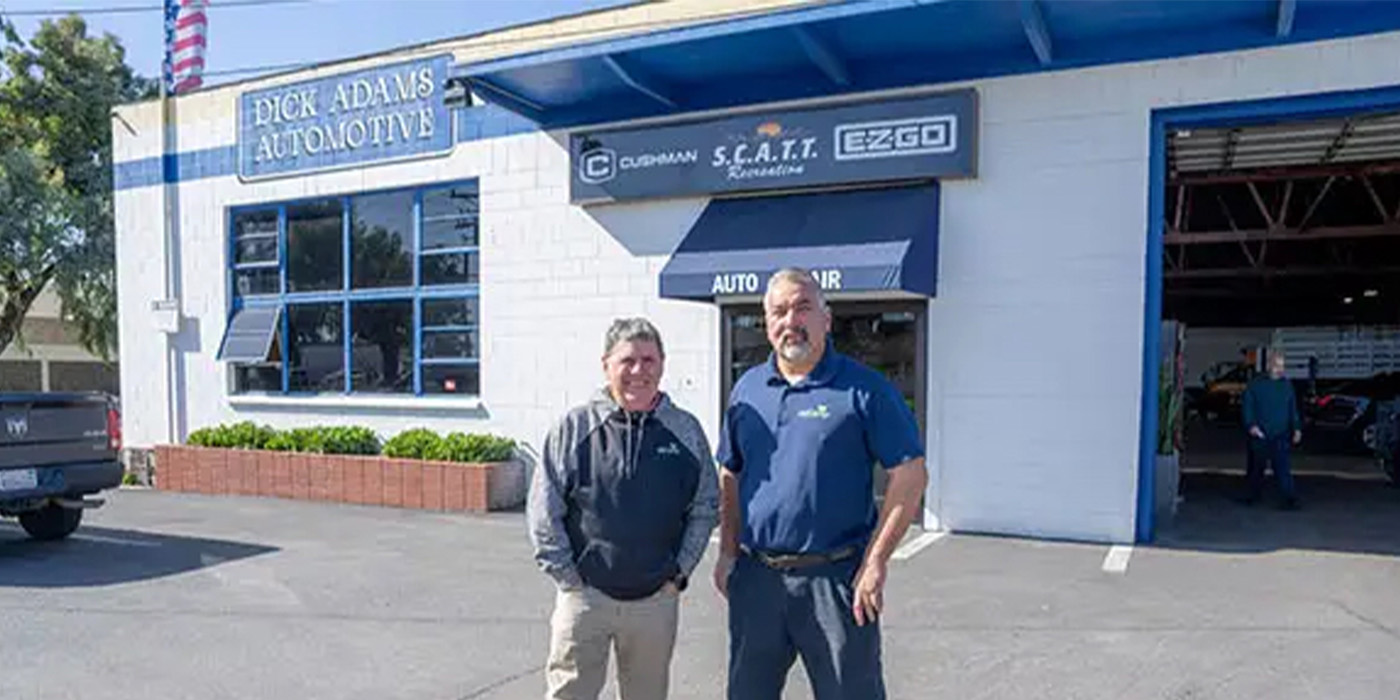If your shop is not in California, the replacement of the catalytic converter is simple and typically there is only one replacement option. Most shops understand that they must replace the converter, and that using a test pipe or bypassing the converter is bad for business and against the EPA regulations and could result in big fines.
Converters must be certified and labeled with the correct codes that are stamped into the shell. You can not just install a converter that matches the size and shape. Certified converters may have more precious metals and catalyst biscuits.
Another problem is within the calibration of the vehicle’s ECM. California emissions-certified vehicles may have more sensitive oxygen sensor calibrations. If a non-certified converter is used, the efficiency codes may go away at first. But, they could return after the catalyst becomes loaded with contaminants.
In the future, things will get complicated. It is starting in New York and will probably impact the other 48 states. The issue is vehicles that were manufactured for the California market find their way to other states. New York is the first state to mandate that a vehicle with California emissions and converters must always be replaced with a CARB-certified converter, even if it is never going back to California.
There have been long-standing policy debates in Maine, Washington and other states on emissions testing and standards. But so many of these proposals are stuck in limbo as the fine points and funding for these initiatives are discussed and lobbied for on both sides.
As a shop, under the EPA Clean Air Act, you are charged to keep vehicles running within the emissions parameters they were initially sold with. It is a broad interpretation, but it is the safest for shops to follow. Additionally, also be aware of local emission requirements that can change not only from state to state, but county to county.
Reading the Labels
Every vehicle sold since the 1970s has a label under the hood, strut tower, radiator support, fan shroud or firewall indicating the emissions calibration.
California emissions-certified models have California, CARB or ARB on the label. This information is vital when looking up parts in the application catalog to ensure proper fit and also in navigating state-mandated aftermarket replacement converter regulations.
In New York, starting in 2013, replacement converters for California emissions-certified vehicles licensed in the state of New York must be CARB-compliant.
The list of CARB-compliant replacement converters can be found on the CARB website at
ww2.arb.ca.gov. The New York rules can be found at the New York Department of Environmental Conservation at dec.ny.gov.
In New York, 1995 and older vehicles can use EPA-compliant converters, instead of a CARB-compliant converter.
The rules can be confusing, but apply to:
Vehicle model year 1995, or vehicle models older than 1993; and
Federal/EPA-only emissions-certified vehicles, regardless of model year.
The New York rules are a double- edged sword. The rules first changed the emissions of new vehicles sold in the state. The rules also changed how those vehicles are serviced in the future.
You can purchase and register a used vehicle that is EPA compliant. But, if the vehicle is CARB compliant, you must replace the converter with a similar CARB-compliant unit. This should be the best practice that should be followed even if you do not live in New York or California.
Reading Catalytic Converter Labeling
Aftermarket replacement catalytic converters are labeled with important information necessary to ensure that installations comply with California law. New aftermarket converters produced and sold before January 1, 2009 are labeled according to U.S. EPA requirements. A code in the following format will be stamped or affixed to the shell of the converter:
N/CA/MC XXXX YYYY
N: Either “N” (for new aftermarket converters), or “U” (for certified used converters). ARB staff has found that this character is sometimes omitted on new aftermarket converters.
CA: Indicates that the converter has been CARB-approved.
MC: A two-character code for the converter manufacturer.
XXXX: The converter’s part or series number. The number may be longer than 4 digits.
YYYY: The date of manufacture. The first two digits indicate the month, and the last two indicate the year.
The manufacturer code and part number information can be used with the manufacturers’ catalogs to verify that the converter is approved for installation in California on a particular vehicle model. Converters that are currently California certified for use on OBD II vehicles also have “OBDII” (or “OBD2”) stamped or affixed to the shell of the converter.
Above is an example of what the labeling looks like. For this example, the label indicates:
“N” – this was produced as a new aftermarket converter
“CA” – approved for use in California
“TA” – produced by Tenneco, but marketed under the Walker brand name.
The series number is 200300
“09 05” – It was manufactured in September, 2005
“OBDII” – It is approved for use on specific OBDII applications.
The label for converters approved for use in California after January 1, 2009 are slightly different: D-XXX-XX YYYYYY ZZZZ.
D-XXX-XX: This is the ARB-approval number for the converter (known as the “EO number”). Every EO number will begin with “D.” The first three Xs are a 3-digit number corresponding to the manufacturer. The last two digits are the specific approval number for the manufacturer. The EO number can be used to obtain information about the approval status of the converter on ARB’s website in the same manner that other aftermarket add-on and performance parts can be looked up. The website address is http://www.arb.ca.gov/msprog/aftermkt/devices/amquery.php.
YYYYYY: The part number for the converter (assigned by the manufacturer).
ZZZZ: The date of manufacture. The first two digits indicate the month, and the last two, the year.
What About The VIN?
You may notice on original and replacement catalytic converters that the VIN is not on the catalytic converter. A recent New Jersey law that went on the books in May 2023, requires that new vehicles sold in the state and replacement catalytic converters must be engraved with the vehicle’s VIN. This law is designed to make it harder for thieves to unload catalytic converters at scrap yards.
The law also makes it illegal to buy and sell catalytic converters that have been removed from a vehicle. Buyers and sellers must have copies of the bill of sale, the buyer’s and seller’s name, the certificates of title, and the date of purchase.

